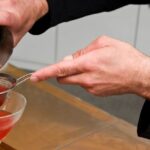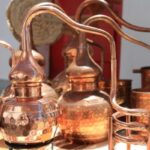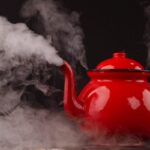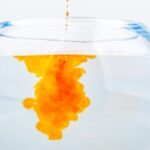We explain what distilled water is and what the composition of this liquid is like. Also, its properties, characteristics and various uses.
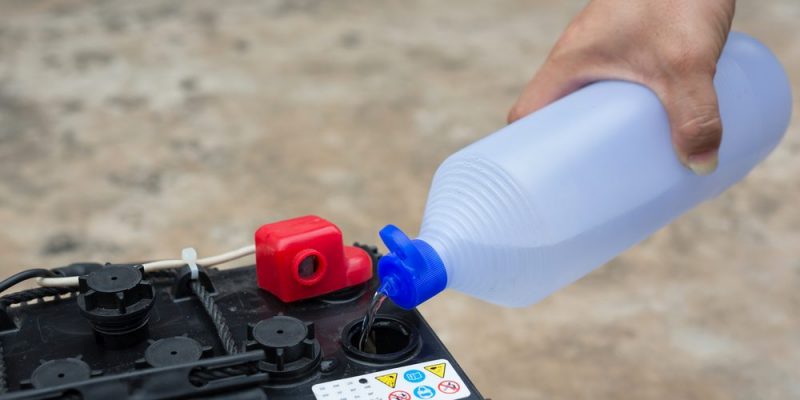
What is distilled water?
Distilled water is water (H2O) that has been subjected to distillation procedures to remove dissolved contaminants and bring it to a state of maximum purity. This process can be carried out in multiple ways but, in general, distillation consists of selective vaporization and condensation (depending on the boiling point of each component) to separate any solid or liquid phase that is dissolved in the water.
Distilled water is a form of treated water, clean of microorganisms and possible contaminants dissolved in it. The water that we normally obtain from pipes usually has traces of chlorine, used for its treatment and purification, but also physical residues of pipe material or residual sludge that it may bring with it from its source.
Drinking water should not be confused with distilled water. distilled water It is frequently used in laboratories and in manufacturing industries since the practices carried out in these places often require water free of electrolytes and mineral salts, which are what the human body requires to stay hydrated (these electrolytes are in drinking water but not in distilled water).
Human consumption of distilled water can be a source of diarrhea and other forms of temporary illness, since it does not provide the hydration that drinking water does.
See also: States of water
Composition of distilled water
Distilled water is no different molecularly from ordinary water: It is composed of two hydrogen atoms and one oxygen atom (H2EITHER). However, it has been cleaned of the mineral salts that usually accompany it, such as fluorides and other electrolytes. In fact, commercially distilled and repotabilized waters are enriched with many of these elements once they leave the distiller.
Characteristics and properties of distilled water
Depending on its degree of distillation, many of the ordinary properties of water (such as its electrical conduction) are reduced when leaving the distiller due to the elimination of the ions dissolved in it since ions are the charge carriers that contribute to electrical conduction. Therefore, in addition to being insulating, distilled water acts diamagnetically (repels magnetism).
The boiling point of distilled water is much higher than that of ordinary water and Its taste and smell properties are radically zero (In some cases, the water we drink has traces of calcium, chlorine and other elements in minimal proportions).
What is distilled water used for?

Although there are those who encourage its consumption, based on its purported purity, distilled water is actually a product for industrial use. It is used in laboratories to prepare mixtures that require very high purity margins in the water, or that require its insulating and diamagnetic properties.
Distilled water is used in the manufacture of batteries, cosmetics and analytical reagents. It is also used in the glass and crystal industry, and even as a starting point in the production of edible products and beverages.
Where do you get distilled water?
Distilled water is normally marketed, so You can get it packaged or bottled. It should not be confused with bottled mineral water or with water purified using ozonation or chlorination techniques. Distilled water is usually sold in laboratories and chemical stores.
Ordinary water can be distilled to obtain distilled water. This is carried out using a distiller or in a traditional way, using a distillation container, a bottle with a curved neck extended to one side that causes the steam to flow to the other side when the water inside boils and can be collected in another container when precipitating due to a change in temperature.
There are also homemade recipes to distill water using a large pot that must be half filled with tap water. Inside, there should be a clean glass container, and the pot should be closed with the lid upside down, on which ice will be placed. When boiling, the vapor of ordinary water will condense on the ice-cooled metal and drip into the glass container, which will gradually fill with freshly distilled water.

